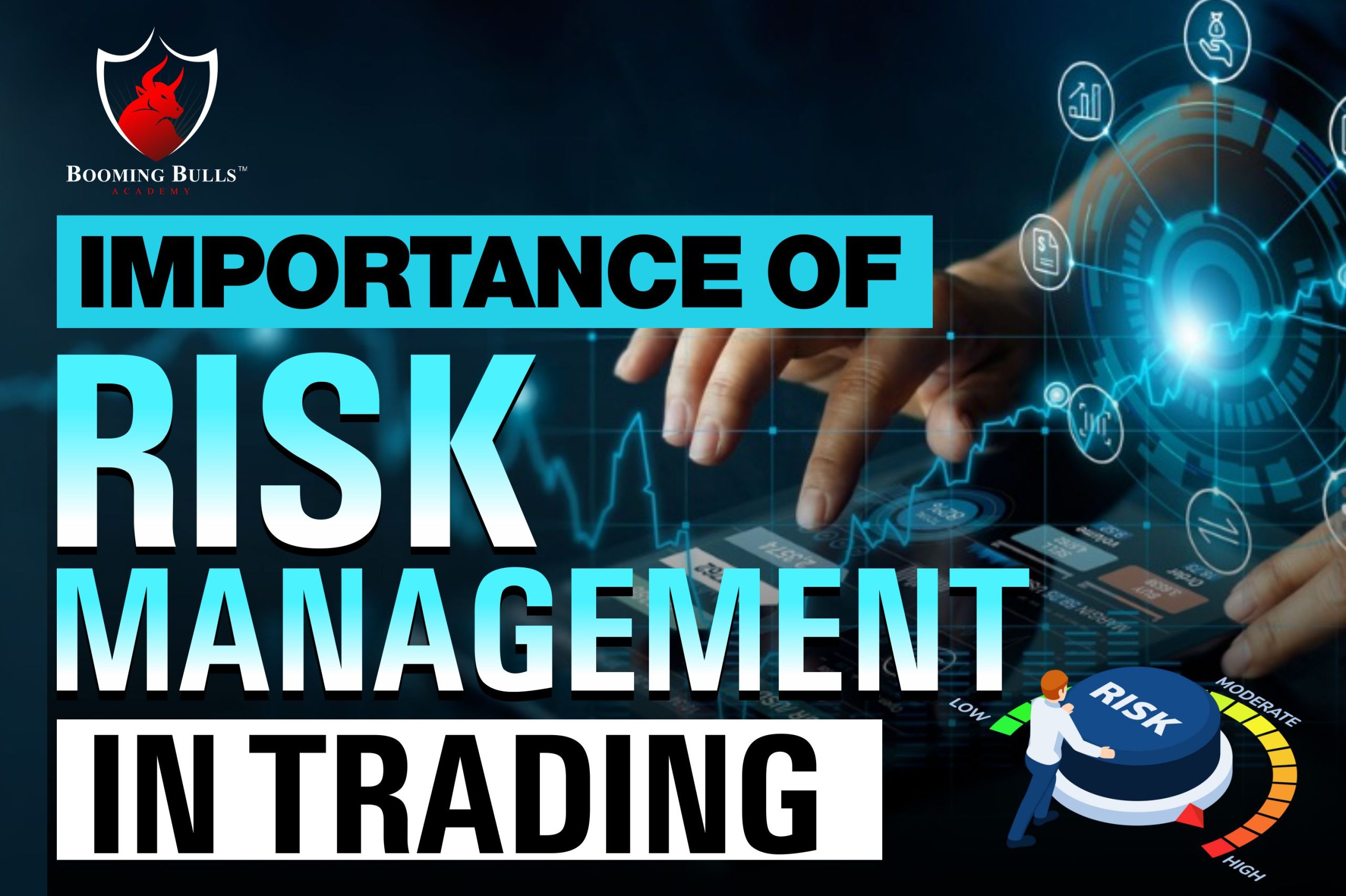The Extensive Importance of Risk Management in Global Supply Chains
The Extensive Importance of Risk Management in Global Supply Chains
Blog Article
Checking out the Significance of Risk Management for Effective Decision-Making Approaches
In the elaborate globe of company, Risk Management arises as a critical factor in the decision-making procedure. The capability to identify prospective threats and chances, and plan appropriately, can mean the difference in between success and failing. With devices such as SWOT and PESTEL, organizations are equipped to make informed selections, cultivating strength and versatility in an ever-changing environment. Wondering just how this works? Allow's unload the dynamics even more.
Comprehending the Concept of Risk Management
Risk Management, an essential part in decision-making, is frequently misunderstood or oversimplified. Risk Management involves structured and disciplined methods, making use of information and informative evaluations. From economic unpredictabilities, legal obligations, calculated Management errors, to crashes and all-natural disasters, it addresses different threats - importance of risk management.
The Duty of Risk Management in Decision-Making Processes
In the realm of critical preparation and company operations, Risk Management plays an indispensable function in decision-making procedures. It assists in determining possible threats and uncertainties that can impact the success of business objectives. By tracing these risks, business can formulate methods to minimize their impact, making sure organization connection and security. Risk Management hence becomes an important tool in decision-making, assisting leaders to make educated selections based upon a comprehensive understanding of the risks included. It motivates a positive technique, allowing companies to prepare for and prepare for possible future situations. This dramatically reduces the likelihood of negative consequences, promoting a lot more effective and effective decision-making strategies. For that reason, Risk Management works as an important part in the decision-making procedures of any type of organization.

Just How Risk Management Improves Strategic Preparation
In the context of critical preparation, Risk Management plays a pivotal duty. Starting with the identification of possible dangers, it even more reaches the execution of Risk mitigation measures. The duty of Risk Management is vibrant however not static, as it requires constant surveillance and adjusting of methods.
Identifying Possible Dangers

Carrying Out Risk Mitigation
Risk reduction strategies can vary from Risk evasion, Risk transfer, to take the chance of reduction. Each strategy must be tailored to the certain Risk, considering its prospective impact and the company's Risk tolerance. Efficient Risk mitigation calls for a deep understanding of the Risk landscape and my latest blog post the possible impact wikipedia reference of each Risk.
Tracking and Adjusting Methods
Though Risk reduction is an important step in calculated preparation, continuous surveillance and modification of these techniques is just as essential. This recurring process enables companies to identify new threats and reassess existing ones, ensuring the executed techniques continue to be efficient in the ever-changing service atmosphere. It also supplies a possibility to assess the success of the Risk Management actions, allowing modifications to be made where needed, more enhancing tactical planning. Effective surveillance and change require the use of analytics and crucial efficiency indications (KPIs) to gauge effectiveness. These tools provide beneficial data-driven understandings that can notify critical decision-making. Therefore, surveillance and adjusting Risk Management approaches is a vital element for improving a company's resilience and strategic planning.
Instance Researches: Successful Risk Management and Decision-Making
In the globe of organization and finance, successful Risk Management and decision-making typically offer as the columns of prosperous ventures. These cases highlight the worth of astute Risk Management in decision-making procedures. anchor These situations underscore the critical role of Risk Management in tactical decision-making.
Devices and Techniques for Efficient Risk Management
Browsing the intricate maze of Risk Management calls for the best set of devices and methods. These devices, such as Risk registers and warm maps, help in identifying and examining potential threats. Methods consist of both quantitative methods, like level of sensitivity evaluation, and qualitative approaches, such as SWOT analysis. These assistance in focusing on risks based upon their possible impact and possibility. Risk response techniques, a crucial part of Risk Management, involve accepting, preventing, transferring, or mitigating risks. Monitoring and managing risks, with normal audits and testimonials, guarantee that the techniques stay efficient. With these devices and strategies, decision-makers can navigate the facility landscape of Risk Management, thereby helping with notified and efficient decision-making.
Future Patterns in Risk Management and Decision-Making Strategies
As we discover the substantial landscape of Risk Management, it becomes evident that the devices and techniques utilized today will continue to advance. Future trends aim in the direction of an enhanced dependence on innovation, with artificial knowledge and artificial intelligence playing considerable roles. These technologies will certainly enable companies to predict possible dangers with greater precision and make more informed choices. Furthermore, there will certainly be an expanding emphasis on strength, not just in taking care of dangers but likewise in getting better from adverse situations. The principle of Risk society, where every participant of a company is conscious and entailed in Risk Management, will certainly acquire extra prominence. These trends advertise an even more proactive and inclusive approach towards Risk Management and decision-making.
Conclusion

Risk Management thus comes to be a crucial tool in decision-making, assisting leaders to make enlightened options based on a comprehensive understanding of the risks involved. Risk reduction methods can range from Risk evasion, Risk transfer, to run the risk of reduction (importance of risk management). Reliable Risk reduction needs a deep understanding of the Risk landscape and the possible effect of each Risk. Risk action techniques, an essential part of Risk Management, include accepting, staying clear of, moving, or mitigating risks. The principle of Risk culture, where every participant of a company is aware and entailed in Risk Management, will obtain much more prestige
Report this page